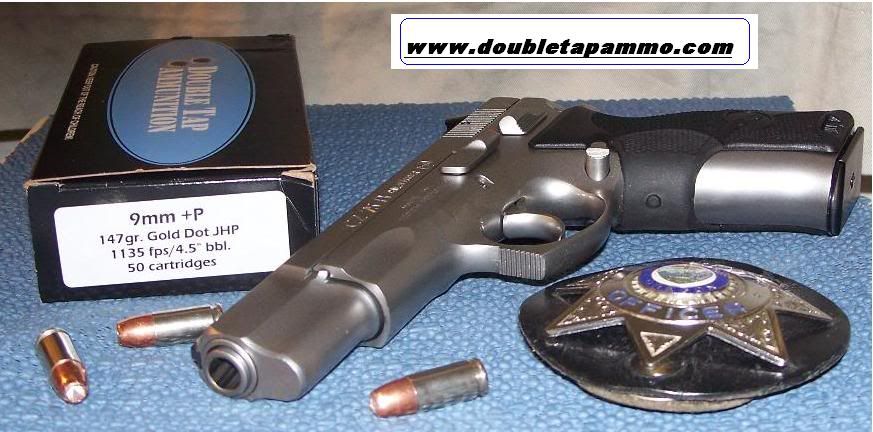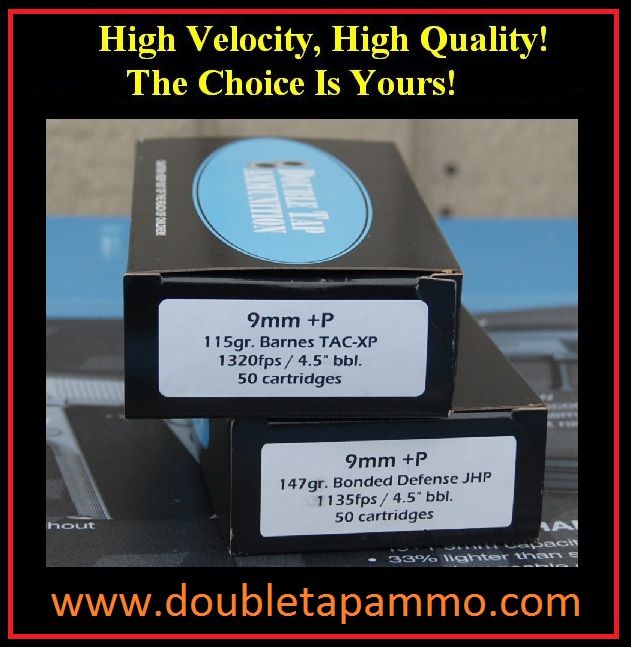57K, of course we train for center mass, or center of available mass / best target.
However, unlike at the range, human targets are not so likely to stay still. They tend to move; they tend to do things such as point guns at us, too. Both combine to make a shot through the arm a fairly likely scenario. (This was something that happened, you may recall, in Miami in the Platt-Matix FBI incident.)
And no, every combat professional does not only teach COM. Some teach failure drills; some teach pelvic shots; some run drills where only small parts of the target are exposed.
I am not sure where you get your ideas.
Because of one well publicized event you're considering this to be "a fairly likely scenario"? I'm probably as well versed on the "Miami Shootout" as anyone on this forum. First and foremost, it has been proven time and again to be an ammunition failure due to the agents use of a 115 gr. Winchester SilverTip known for its rapid expansion capability and it stopped short of the heart but was later deemed as an NON Survivable wound, so you guys that believe in the "Bleed-Out" scenario, might want to do a little thinking on that one. If I remember correctly, the 115 gr. SiverTip at that time used a Bi-Metal jacket composed of Aluminum and Zinc. It was an excellent expander, but a poor penetrator. Because of the "Miami Shootout" the FBI consulted Martin Fackler and his theories on stopping power through ballistic gel testing. It led the FBI and many large LE agencies to adopt the 147 gr. Sub-Sonic JHP loads that worked inversely proportional to the 115 gr. SilverTip. They over-penetrated and expanded little or poorly. Innocent bystanders were struck by over-penetrating bullets. Fackler and the FBI abandoned that idea in favor of the 10mm "Lite" that behaved similarly, except that it wasn't quite as bad as far as over-penetration. It was, however, a POOR expander. Next up, the "medium velocity" 165 gr. JHP in .40 S&W. Good penetration, poor expansion. All I can say to you guys that buy the bleed-out myth is that we'll see you in Valhalla. And while the FBI and other LE agencies dropped the 147 gr. Sub-Sonic JHP like a hot potato, others did research to see what was necessary to make a 147 gr. JHP expand and NOT over-penetrate. Cor-Bon was first with the introduction of a 147 gr. +P JHP that performed well. That was reinforced by the Texas DPS' finding that outside of the 125 gr. JHP in .357 SIG, the only other round to pass ALL tests was a 147 gr. JHP in 9mm rated +P+.
Because humans don't stand still while you're shooting at them is precisely why people are trained to shoot COM. I never said that this is the only thing they teach. That is only your attempt to skew the facts from a poor argument. 1. Shot Placement is always the most important consideration. Anyone that can't precisely place shots with the more effective +P 9mm is probably relatively inexperienced and it's doubtful they have any experience shooting Magnum revolvers that will teach you what handgun recoil is really about. 2. Center of Mass because it's the largest part of the human body and well placed shots have the potential to hit the spinal column that will rapidly end a shooting confrontation. Next most vital area is the Thoracic Chest Cavity (Heart/Lung area) and where this gets skewed by the IWBA is because they intentionally ignore what 500+ Ft/lb loads like the 125 gr. JHP in .357 Magnum will do as far as how energy actually works. And, good trainers like Massod Ayoob do teach things like shooting to the pelvic area in the event that COM shots do no put down an assailant who could be wearing a Ballistic Vest of some form. But, show me any trainer who doesn't teach COM right after shot placement. 3. You can join the Navy and if you're up to the challenge, you can become a SEAL where there's no limit to the amount of practice you can get and tactical conditioning that's possible with the credo of 2 in the chest, 1 in the head.
Where do I get my ideas? from real-world events and studying the arguments for 35 years from a background in design which includes designing for engineering firms in areas that exceed their experience or expertise and unlike some, this isn't my first rodeo, pardner.
I commented that Roberts and others had referenced rounds recovered from real events looking like rounds pulled out of gel. What does dentistry or Fackler have to do with rounds recovered from an actual event? Where did I reference Roberts or his work in any other way?
Everything that Roberts believes, as well as Duncan MacPherson, are theories based in Martin Fackler philosophy. Fackler, Roberts and MacPherson have little training in Physics except that MacPherson had to study it at least at an elementary level in order to get his engineering degree. And comments you've made like "missed the CNS, but hit" and "bleed to death" sound like they're coming directly from the IWBA textbook. Instead of improving his rational on wounding, Fackler instead chose to go on a smear campaign on a simple reporting of facts by Marshall & Sanow who repeatedly state that the "one-shot-stop IS NOT a tactical philosophy, but rather, a mere reporting of events where it did occur with LE officers across the country". More autopsies have been studied related to those events in comparison to the number of autopsies studied by Fackler & Associates. Where the one-shot-data autopsies are based on the performance of a single round, the autopsies studied by Fackler & Associates has almost always been from events where the victim was shot multiple times yet they are trying to draw conclusions from what a single bullet will do in ballistic gelatin and comparing that to victims shot multiple times. Does that even sound logical? M&S have also done fairly extensive gel testing to compare results directly to victims shot once by the same bullet and the best rounds that have the highest one-shot-stop percentages usually tend to also be the best performers in their gel tests except in the case of the 125 gr. JHP in .357 Magnum that in many cases did not penetrate to the "magical" depth of 12" minimum.
Now, enter the PHd degreed physicists at:
http://www.btgresearch.org/wb.htm and by Physicists that are referenced by BTG in conducting real world physics into the application of wound ballistics before Martin Fackler and which he chose to IGNORE. You'll find all of this information at the posted link. There have been over 30 autopsies much more recently observed by BTG where the victim was shot with a round that put 500 Ft/Lbs or more directly into the Thoracic Cavity and gives the only plausible explanation in why that 125 gr. JHP .357 Magnum was so effective in the real world. Numerous tests have been conducted by implanting PiezoElectric transducers into animals shot with 500 Ft/Lb JHP loads. Animals like dogs, goats, pigs and whitetail deer who are considered to be the closest anatomically to the average human male. The results are eye opening to say the least, so now, Fackler & Associates have turned their smear campaign against BTG Research and PHd Michael Courtney because a good bit of his research concurs closer to the reporting of M&S than it does the theories of the IWBA. You might want to check on the number of PHd physicists in the IWBA. It is mostly made up of Physicians with little to no education in physics, and engineers that don't have even half the education in physics in comparison to physicists who've earned PHd's.




